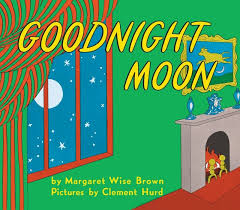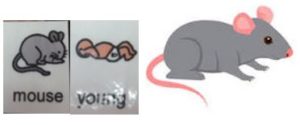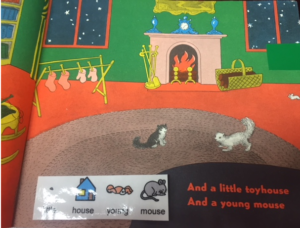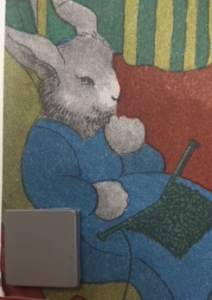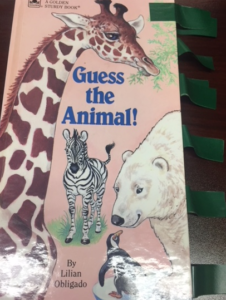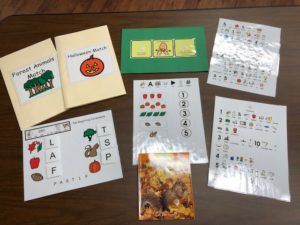 Adapted books are books that have been modified to make reading accessible to individuals with disabilities. Adapted books can be helpful for children with communication, visual impairments and cognitive challenges, including those who use AAC. They are also great for make reading more engaging for all students and can help support critical reading and language skills.
Adapted books are books that have been modified to make reading accessible to individuals with disabilities. Adapted books can be helpful for children with communication, visual impairments and cognitive challenges, including those who use AAC. They are also great for make reading more engaging for all students and can help support critical reading and language skills.
Adapted books can vary in skill level and can be adapted in many ways, with a variety of different medium. Adapted books can include textures and objects for those individuals with visual impairments or include pictures or symbols for individuals learning to read or with cognitive difficulties.
You can also create extension activities that allow for reinforcement of key concepts.
Steps to making your own adapted book:
- Choose your book to modify. Consider adapting the same book in different levels if you have students with multiple learning styles and age groups.
- Find clip art and/or images that go along with the text. Mayer Johnson or Lesson Pix offers symbols that some of your students may already be using for communication. You can also use Microsoft Word clipart or Goggle search your images. Using photographs is another option. Remember to use pictures that represent concepts in the story.
- Once you have chosen, sized, and printed your images, it is time to put them in your book. It is recommended to place pictures in a location on the page that does not block any of the text or other pictures in the story.
- You can glue or tape your pictures into your book. Another option is to laminate your images and use Velcro so the images can be removed and attached to the book, which makes a great engaging activity for students. If you need the pictures to be totally removable, you can use removable label sheets (such as Avery 6470 labels), available from office supply stores or Amazon.
- Don’t forget to add texture or tactile symbols for those with visual impairments, which also adds another sensory stimuli in order to construct knowledge about objects being represented in the story.
- Adding pieces of popsicles sticks, tabs or raised surfaces can help create “fluffers” and “page turners” for those children who have difficulty turning pages.
- Remember not to make the pages too visually distracting as this may confuse your readers.
Have fun and be creative!



